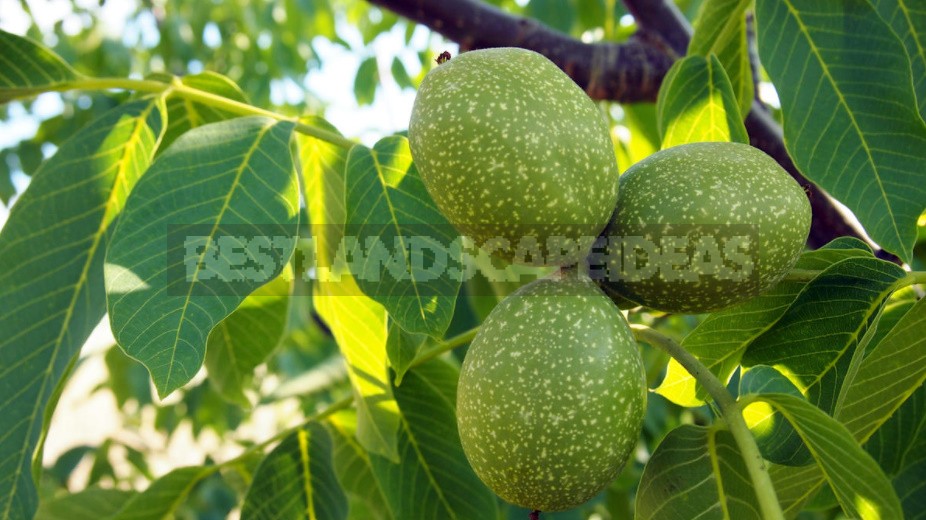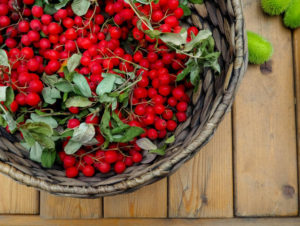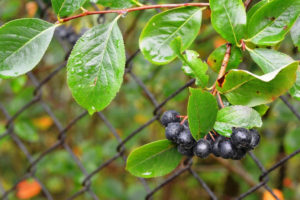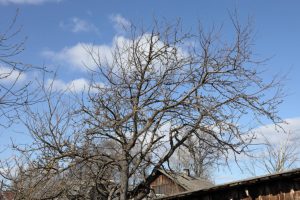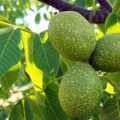Today we will talk about representatives of the Juglandaceae family — about various types of nuts and Carya. It is worth noting that many people think this family is huge, while in fact it includes only 7-8 genera and about 60 species. Its representatives can be found in temperate and subtropical regions — and even in the mountains of the tropics.
Let me remind you that I check the Latin names against The Plant List in order to identify the priority ones. Why do you need to know them? In order to navigate well on foreign sites and eliminate duplication, since both the main (priority) names and their synonyms can be indicated in the lists of plants. The USDA hardiness zones will allow you to determine whether a particular type of nut, Carya, is suitable for growing in your region or not.
Carya
Carya differ from nuts in fruits: the outer shell of the fruit usually cracks into 4 leaves, the stone is smooth, the core is reddish-brown — in some species it is bitter, in others it is sweet. They are also interesting during the flowering period, decorated with long earrings. There are 25 deciduous species in the genus. We will not consider everything, we will focus on the 4 most common in culture.
Carya cordiformis
Carya cordiformis is a wide columnar tree up to 25 m high and 15 m wide. This species has a very beautiful gray ribbed bark, picturesquely peeling off in adult plants. They are native to the east of North America. Winter hardiness zones (according to USDA data) — 4-7.
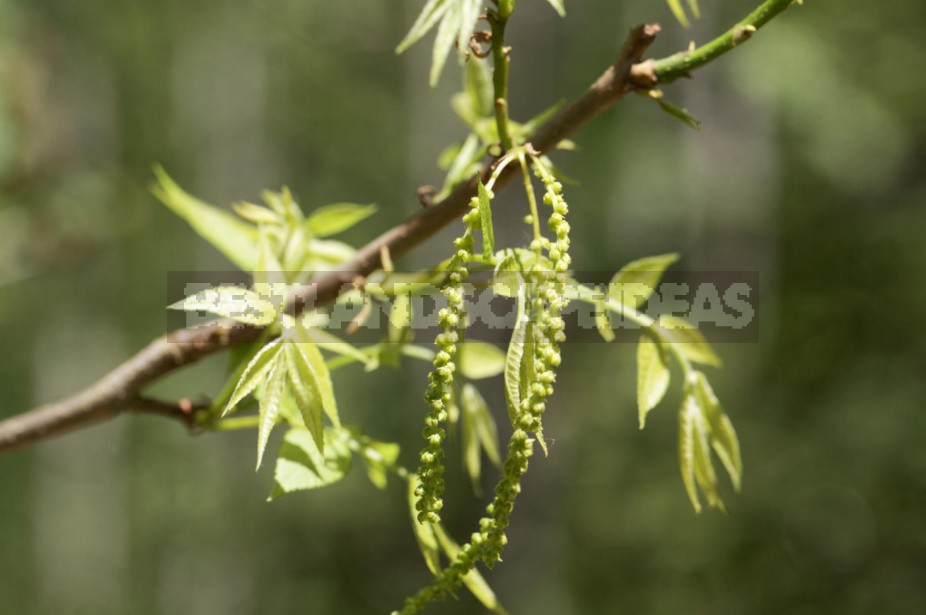
It is better to immediately determine this species for a permanent place, since it tolerates transplantation poorly due to the deep rod root system. It develops better on loose, drained, moist, fertile soils. A characteristic feature of the species is yellow buds. The leaves are unpaired, 15-25 cm long, with 5-9 oval-lanceolate leaflets, golden in autumn. The fruits are spherical, up to 4 cm in diameter, the core is red-brown, bitter.
Carya glabra
This is a spreading tree with furrowed gray bark, up to 25 m high and up to 20 m wide. Carya glabra is native to the eastern regions of the United States. Winter hardiness zones (according to USDA data) — 4-9.

The leaves are unpaired, 20-30 cm long, with 5-7 oval-lanceolate leaflets, bright yellow in autumn. The fruits are obovate, slightly compressed to the top, brown, pubescent, 2.5 cm in diameter. The kernel is small, light brown, astringent, oily, usually bitter.
Carya illinoinensis
The tree is 30 m high and 20 m wide, with a rounded crown and a beautiful furrowed gray bark. Carya illinoinensis, native to the southern regions of the United States. Winter hardiness zones (according to USDA data) — 5-9.
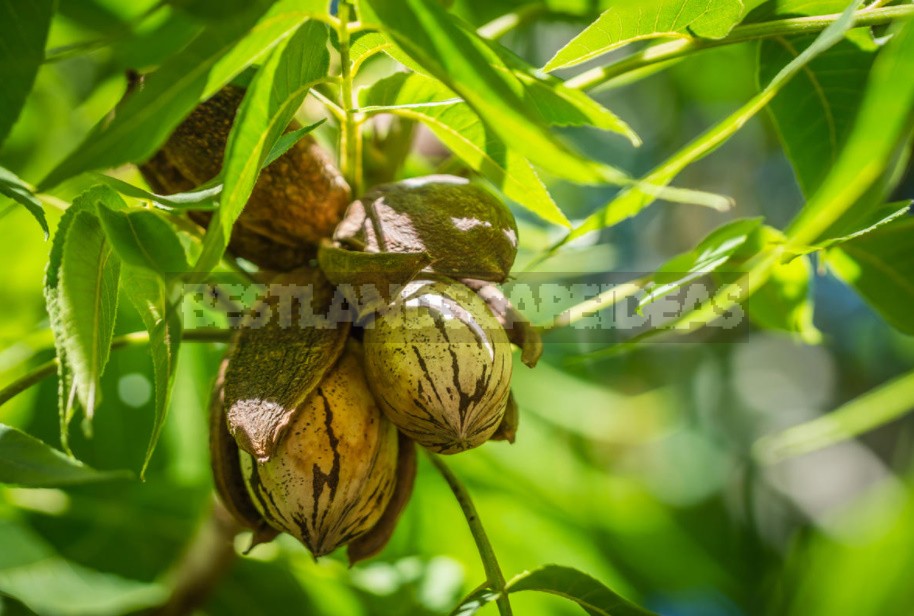
The leaves are unpaired, 30-50 cm long, with 11-17 oblong-lanceolate leaflets, yellow in autumn. It bears fruit from the age of 8. The fruits are oblong-elliptical tetrahedral false drupes up to 2.5 cm in diameter, dark brown, with black stripes. The kernel is whole, reddish-brown, sweet, very high in calories. It can be consumed raw, dried and fried. Carya illinoinensis is valued for its unique medicinal qualities — it has a pronounced anti-cancer property, is useful for anemia and vitamin deficiency, improves the functioning of the sexual and hormonal systems, relieves fatigue and stimulates appetite.
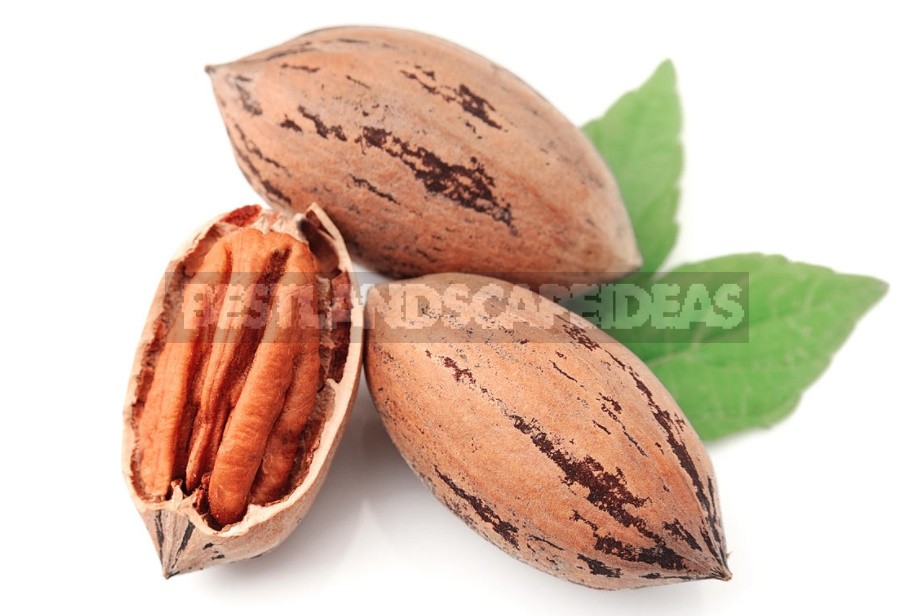
Carya ovata
Carya ovata is a broad-conic tree with peeling grayish-brown bark, 25 m high and 15 m wide. It is native to the eastern regions of North America. Winter hardiness zones (according to USDA data) — 4-8.
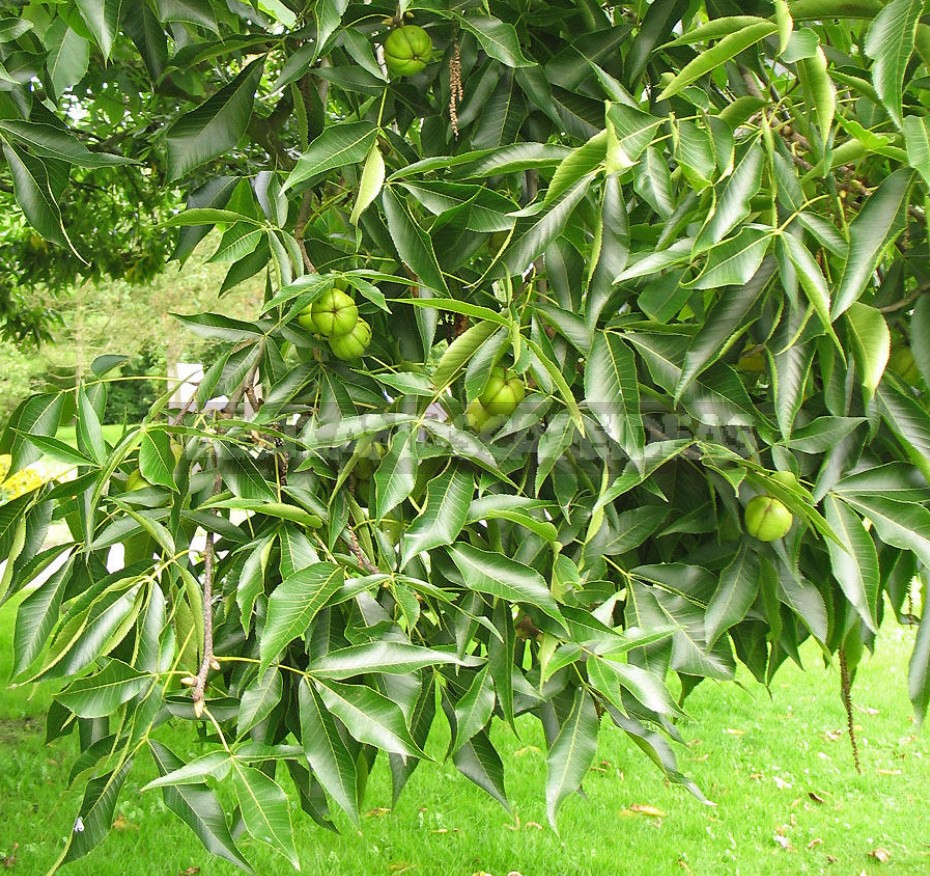
The non-pinnate leaves are 20-35 cm long, with 5 leaflets. The fruits are up to 5 cm long, rounded, compressed in height, with a thick outer shell, the nut itself is light brown, slightly ribbed, the kernel is sweet.
Nuances of growing Carya
- When planting seedlings up to 2 m high, a peg is installed and a tree is tied to it with a soft twine. For Carya with a height of more than 2 m, stretch marks are used.
- If you want to blacken the trunk circle under the Carya, this is done on the 6th year after planting.
- In the first year of planting, regular watering is mandatory, then (from the 2nd to the 5th) – as the top layer of the soil dries, and from the 6th year it can be watered only in drought.
- Young Carya (the first 5 years after planting) respond well to the annual fertilizing with mineral fertilizers in the spring, before the growth of shoots begins.
- All Carya have a beautiful natural crown, so they are only used for sanitary pruning with the removal of dry branches. Often gardeners carry out a gradual cleaning of the trunk to a height of up to 3-4 m.
